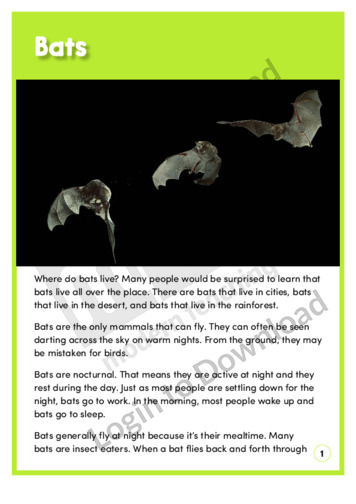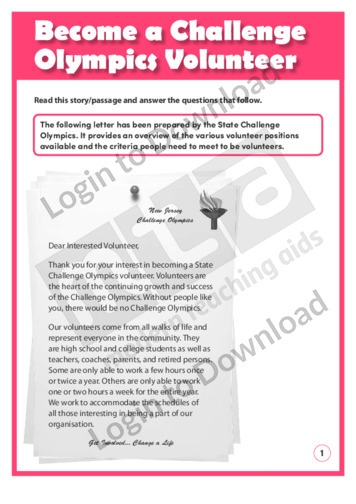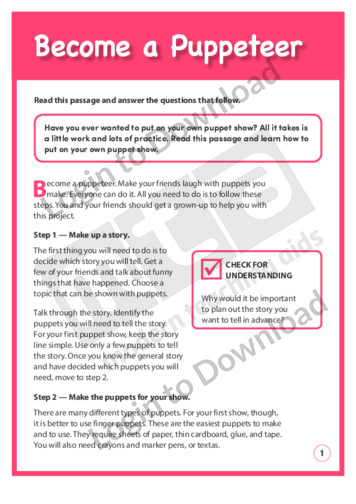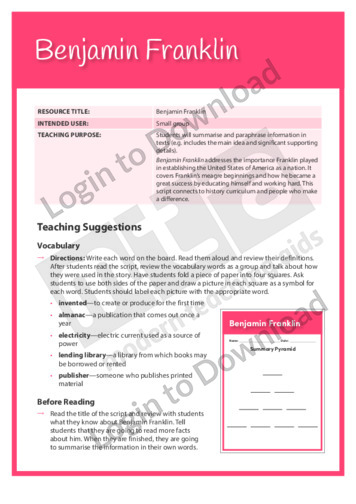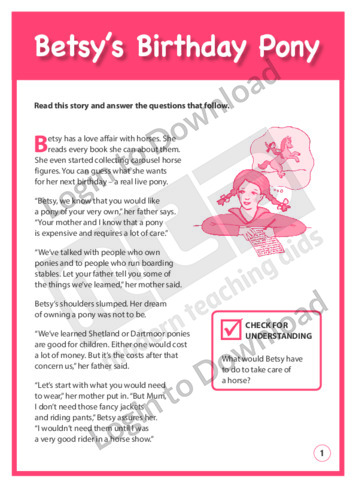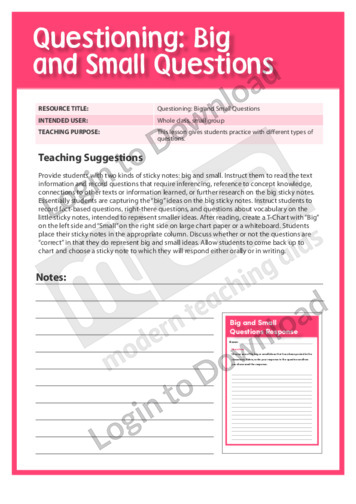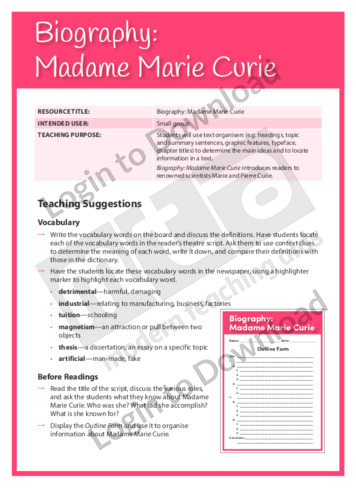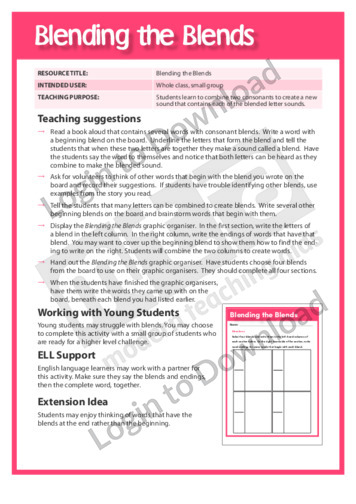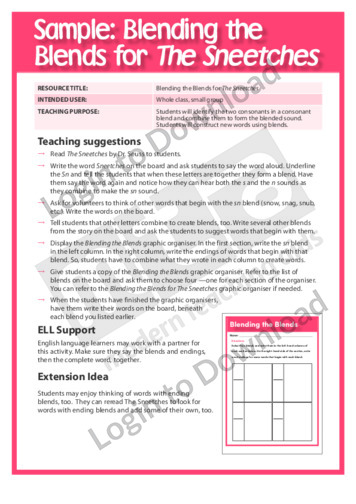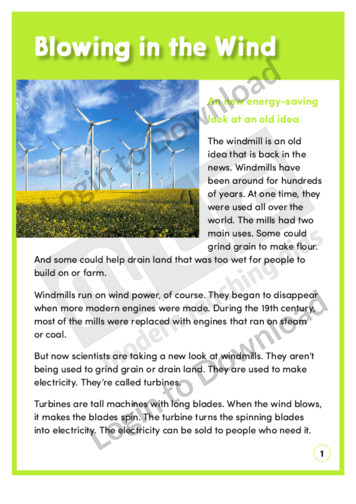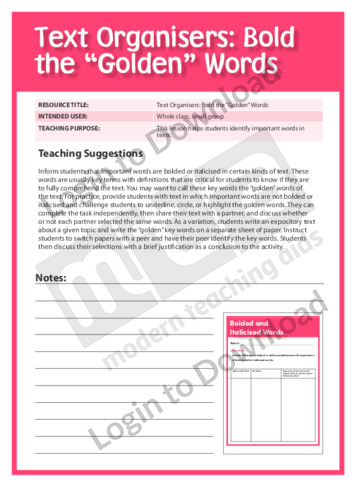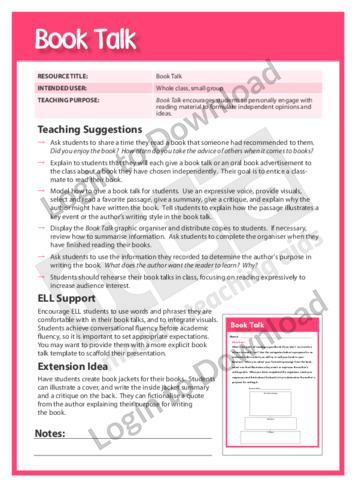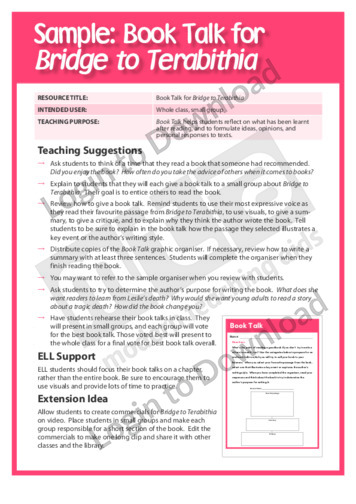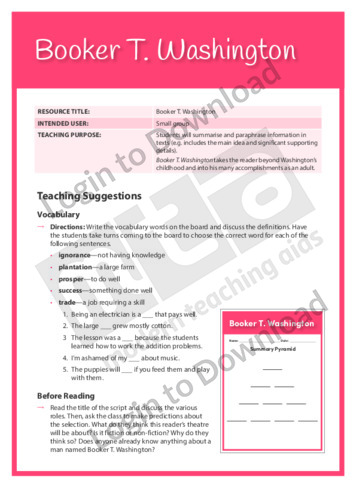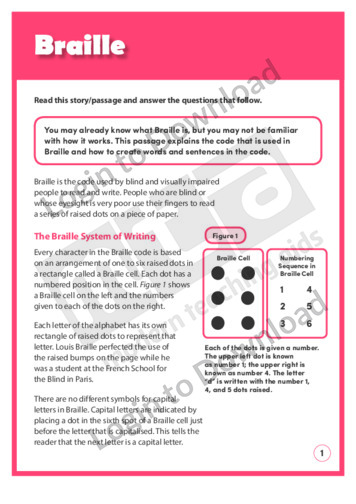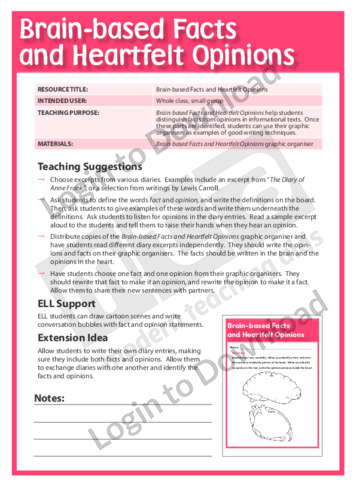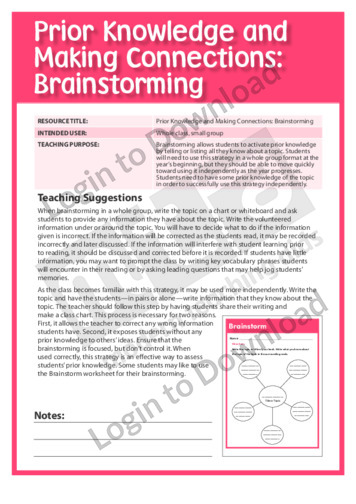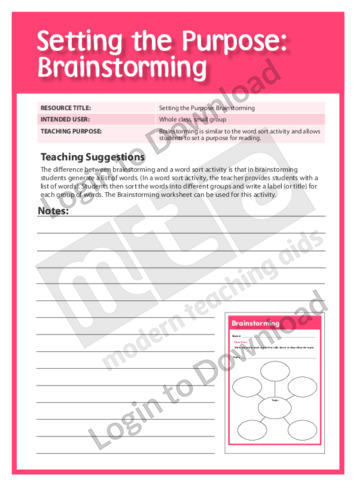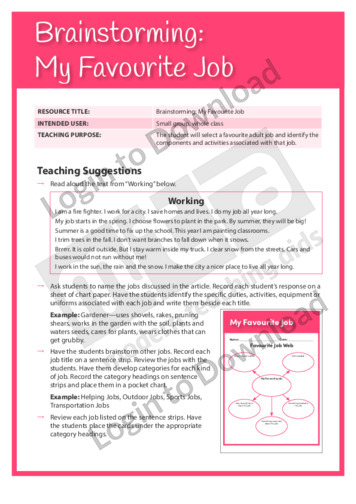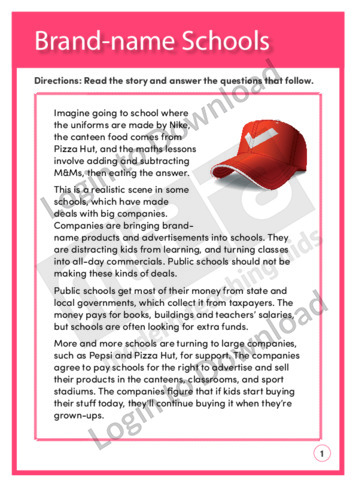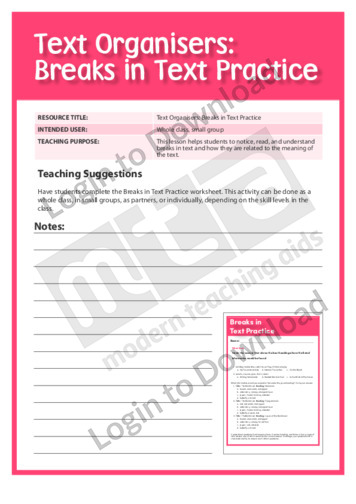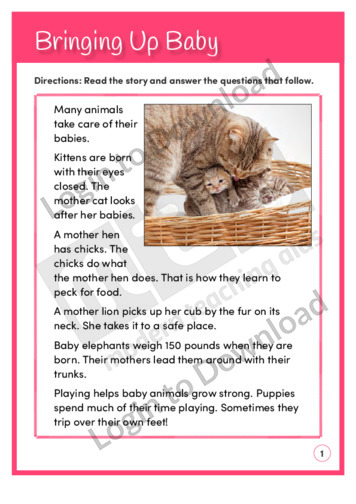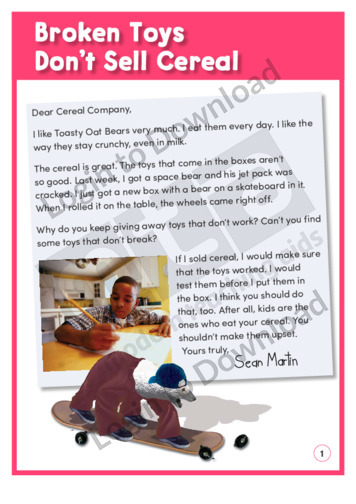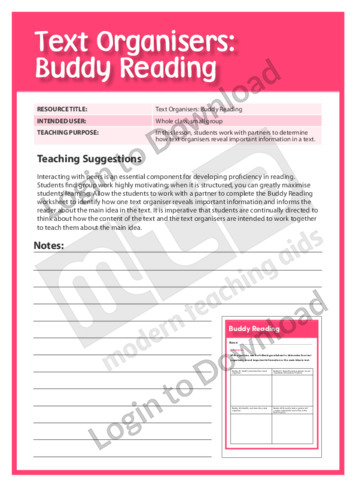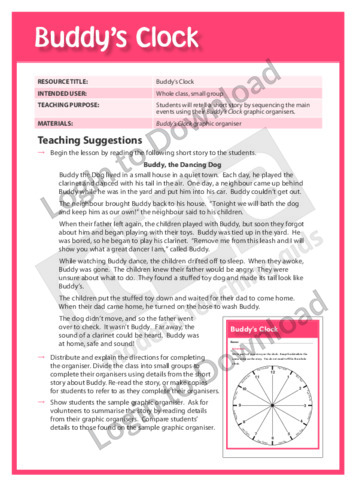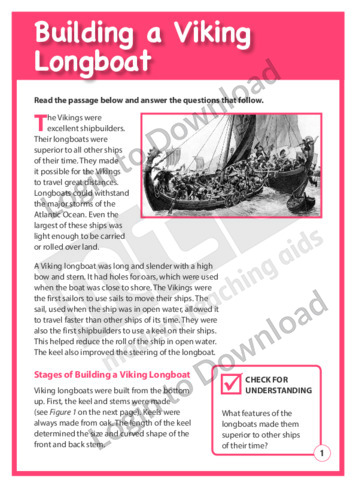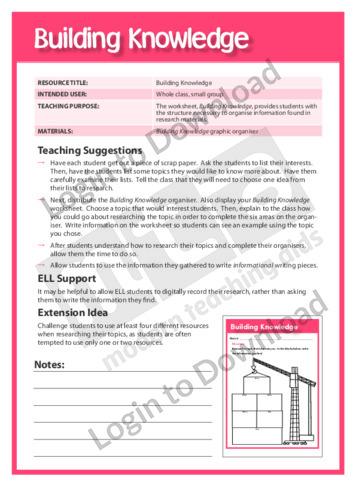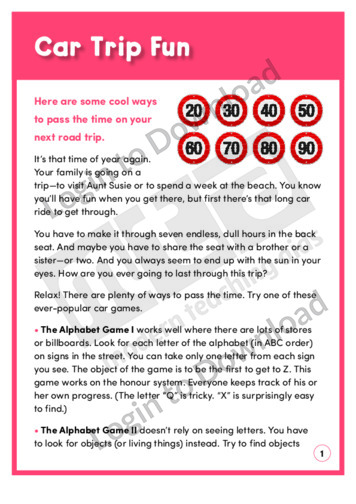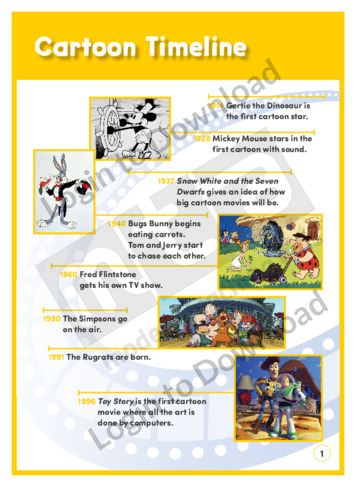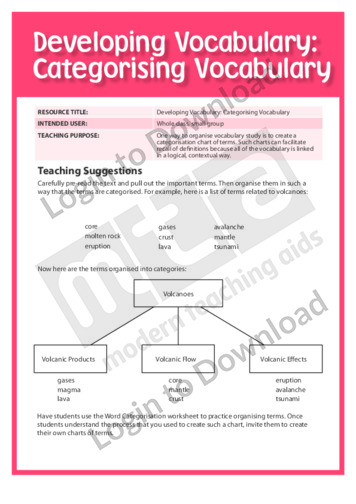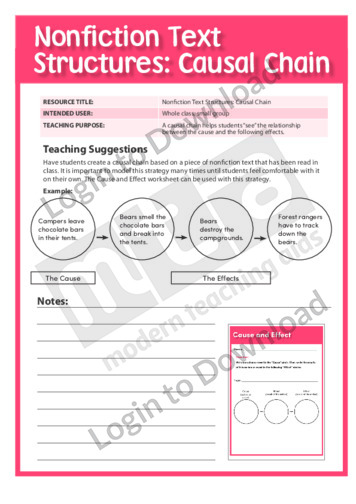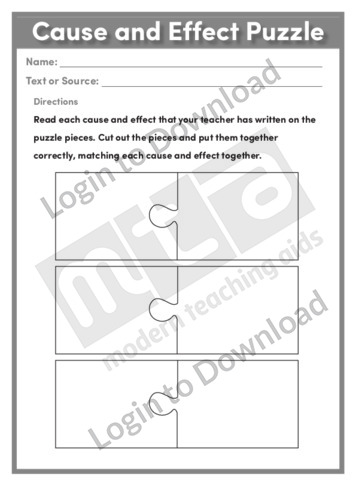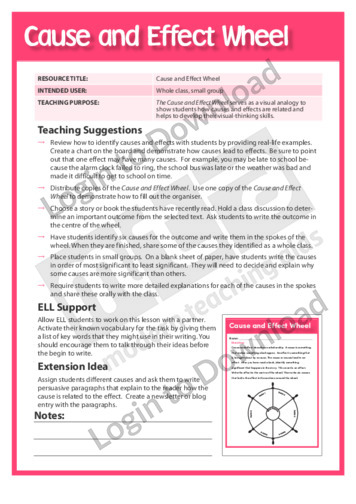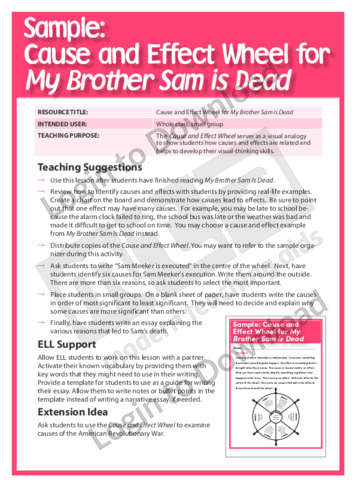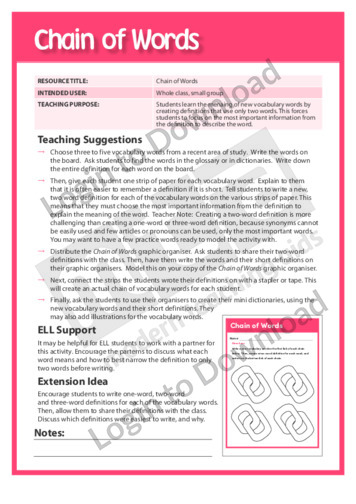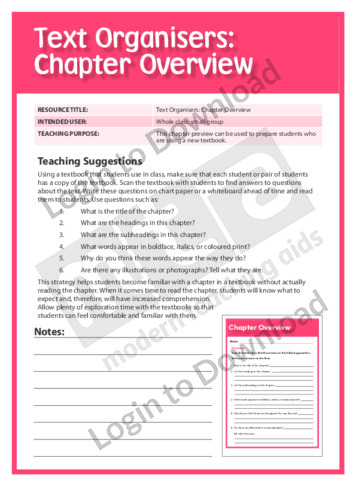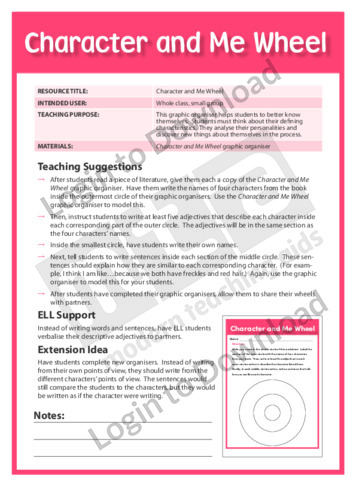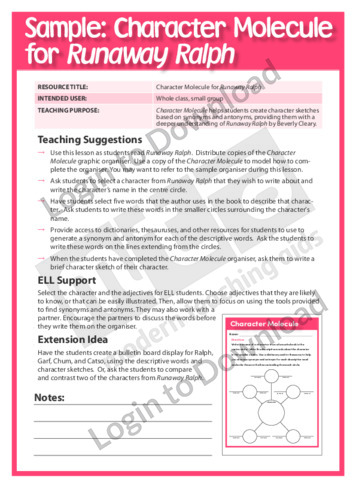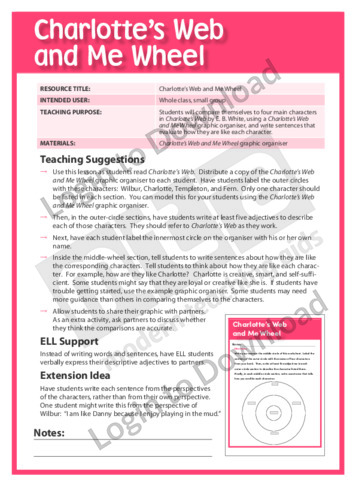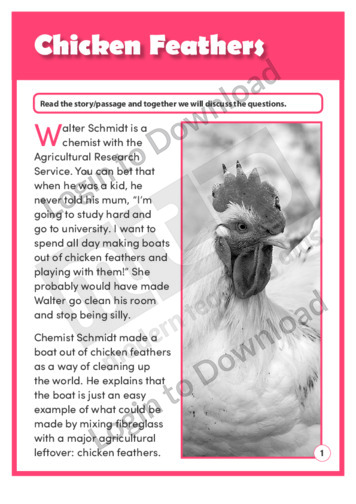This analysing text worksheet ‘Balanced Discussion about Sharks’ supports students to use various strategies to understand opposing letters to the editor about these animals. It is aimed at encouraging students to deconstruct the text in order to gain a deeper understanding of its purpose, to recall specific details from the text, to look critically at …More
This content area reading activity, ‘Bats’ is a science based reading comprehension exercise encouraging students to learn how to use generalisations.
This analysing text worksheet ‘Become a Challenge Olympics Volunteer’ supports students to use various strategies to understand an informative text about volunteering at these games. It is aimed at encouraging students to deconstruct the text in order to gain a deeper understanding of its purpose, to recall specific details from the text, to look critically …More
This analysing text worksheet ‘Become a Puppeteer’ supports students to use various strategies to understand a procedural text about creating a puppet show. It is aimed at encouraging students to deconstruct the text in order to gain a deeper understanding of its purpose, to recall specific details from the text, to look critically at words …More
This reading activity, ‘Beginning Letters’ provides opportunities for practice with recognising the letters that some girls names start with.
This reading activity, ‘Beginning Letters’ provides opportunities for practice with recognising the letters that some boys names start with.
This Readers Theatre activity, ‘Benjamin Franklin’ encourages students to summarise and paraphrase information in texts. It also builds reading fluency. This activity includes a script for 6 readers.
This analysing text worksheet ‘Betsy’s Birthday Pony’ supports students to use various strategies to understand a narrative text about a girl who wants a pony. It is aimed at encouraging students to recall specific details from the text and to look critically at words in order to ascertain their particular meaning in context, as well …More
This content area reading learning activity, ‘Biased and Non-Biased Storytelling,’ helps students identify bias in texts. It is aimed at teaching students the importance of using reasonable, rational language and examples when presenting information in order to prove their credibility as writers.
This content area reading learning activity, ‘Big and Small Questions,’ gives students practice with different types of questions. It is aimed at helping students distinguish between big and small questions.
This reading activity, ‘Bikes and Cars’ provides opportunities for practice with reading advertisements and then completing the comprehension questions.
This content area reading learning activity, ‘Biography,’ helps students develop an understanding of the author’s point of view using context. It is aimed at showing students how the author’s life affects his or her ideas and viewpoints that they encountered in the text.
This Readers Theatre activity, ‘Biography: Madame Marie Curie’ encourages students to use text organisers to determine the main ideas and to locate information in a text. It also builds reading fluency. This activity includes a script for 5 readers.
This Readers Theatre activity, ‘Black Bart the P08’ encourages students to summarise and paraphrase information in texts. It also builds reading fluency. This activity includes a script for 6 readers.
This graphic organiser, ‘Blending the Blends’ asks students to combine two consonants to create a new sound that contains each of the blended letter sounds.
This graphic organiser, ‘Blending the Blends for The Sneetches’ asks students to identify the two consonants in a consonant blend and combine them to form the blended sound.
This content area reading activity, ‘Blowing in the Wind’ is a science based reading comprehension exercise encouraging students to recognise the process of cause and effect in writing.
This content area reading learning activity, ‘Bold the ‘Golden’ Words,’ helps students identify important words in texts. It has students read a text in which important words are not bolded or italicised and challenges students to underline, circle or highlight the ‘golden’ words.
This content area reading learning activity, ‘Book Jacket,’ teaches students about how examining the book jacket can yield useful information in deciding whether or not to keep reading. It encourages students to identify the information in the book jacket that matches their purpose for reading and connections to prior knowledge and personal experience.
This graphic organiser, ‘Book Talk’ encourages students to personally engage with reading material to formulate independent opinions and ideas.
This graphic organiser, ‘Book Talk for Bridge to Terabithia’ helps students reflect on what has been learnt after reading and to formulate ideas, opinions and personal responses to the text.
This Readers Theatre activity, ‘Booker T. Washington’ encourages students to summarise and paraphrase information in texts. It also builds reading fluency. This activity includes a script for 5 readers.
This analysing text worksheet ‘Braille’ supports students to use various strategies to understand a narrative text on the Braille writing system. It is aimed at encouraging students to deconstruct the text in order to gain a deeper understanding of its purpose, to recall specific details from the text, to look critically at words in order …More
This graphic organiser, ‘Brain-Based Facts and Heartfelt Opinions’ helps students distinguish facts from opinions in informational texts.
This content area reading learning activity, ‘Brainstorming,’ has students tell all they know about a topic. It is aimed at helping students access their prior knowledge about a topic.
This content area reading learning activity, ‘Brainstorming,’ involves students telling all they know about a topic. It is aimed at helping students access their prior knowledge about a topic.
This content area reading learning activity, ‘Brainstorming,’ helps students set a purpose for reading. It is aimed at enhancing students’ comprehension of the text by having them generate a list of words and sort them into different groups.
This Writing Traits activity, ‘Brainstorming: My Favourite Job’ supports students in learning to organise their writing ideas.
This reading comprehension activity ‘Brand-name Schools’, asks students to answer comprehension questions on a text about brand name products in schools.
This graphic organiser, ‘Break it Down’ allows students to practise thinking of descriptive words and to sort the words by syllables.
This content area reading learning activity, ‘Breaks in Text Practice,’ helps students notice, read and understand breaks in text. It is aimed at teaching students how breaks in text are related to the meaning of the text.
This content area reading activity, ‘Broken Toys Don’t Sell Cereal’ is an English based reading comprehension exercise encouraging students to identify the purpose of the writer.
This analysing text worksheet ‘Bruce Gets a Hand in Art Class’ supports students to predict the outcome of a narrative text about an imaginary hand. It is aimed at encouraging students to ask questions and use their personal experience, along with clues provided in the story to guess what will happen next and consider how …More
This content area reading learning activity, ‘Buddy Reading,’ helps students work together to understand the purpose and function of text organisers. It is aimed at maximising students’ learning through structured group work.
This graphic organiser, ‘Buddy’s Clock’ asks students retell a short story by sequencing the main events.
This analysing text worksheet ‘Building a Viking Longboat’ supports students to use various strategies to understand an informational text about how Viking’s built these boats. It is aimed at encouraging students to recall specific details from the text, to look critically at words in order to ascertain their particular meaning in context, to examine how …More
This graphic organiser, ‘Building Knowledge’ supports students in planning writing by providing a framework to organise research findings.
This content area reading learning activity, ‘Building Prior Knowledge,’ helps students learn to discriminate fact from opinion. It teaches students about key words that signal opinion through mini-lessons.
This understanding text worksheet, ‘Call Him Lucky’ supports students to use various strategies to understand a narrative about an unwanted dog. It is aimed at encouraging students to deconstruct the text in order to gain a deeper understanding of its purpose, to recall specific details from the text and to look critically at words in …More
This content area reading learning activity, ‘Can You Name That Thing?’ highlights for students the frustration of trying to read a passage without visualising. It has them attempt to identify the unnamed object in a passage using key words and phrases that trigger their ideas.
This content area reading activity, ‘Car Trip Fun’ is an English based reading comprehension exercise encouraging students to think about the reason or purpose for their reading.
This content area reading activity, ‘Cartoon Timeline’ is a history based reading comprehension exercise encouraging students to recognise and use a timeline.
This content area reading learning activity, ‘Categories,’ helps students organise information about different aspects of a topic. It is aimed at giving students practice with summarising information from nonfiction texts.
This content area reading learning activity, ‘Categorising Vocabulary,’ helps students with vocabulary development. It is aimed at facilitating recall of definitions through the use of a categorisation chart to organise vocabulary.
This content area reading learning activity, ‘Causal Chain,’ helps students understand the relationship between the cause and the following effects. It is aimed at enhancing students’ comprehension of cause and effect through the use of a visual representation of the actions or events.
This graphic organiser, ‘Cause and Effect Hand’ helps students to think critically after reading a text to further develop and understand the story.
This content area reading learning activity, ‘Cause and Effect Puzzle,’ helps students understand the relationship between cause and effect. It has students match causes and effects written on puzzle pieces in order to put the puzzle together.
This graphic organiser, ‘Cause and Effect Wheel’ serves as a visual analogy to show students how causes and effects are related and helps to develop their visual-thinking skills.
This graphic organiser, ‘Cause and Effect Wheel for My Brother Sam Is Dead’ serves as a visual analogy to show students how causes and effects are related and helps to develop their visual-thinking skills.
This content area reading learning activity, ‘Cause/Effect and Chain of Related Events,’ helps students understand how events are caused by other events. It provides a great visual for understanding historical events and how one causes another event, which causes another, which causes another, and so on.
This Readers Theatre activity, ‘Celebrate Diversity’ encourages students to relate story events, conflicts and themes to personal experiences. It also builds reading fluency. This activity includes a script for 5 readers.
This graphic organiser, ‘Chain of Words’ helps students to learn the meaning of new vocabulary words by creating definitions that use only two words.
This content area reading learning activity, ‘Chapter Overview,’ can be used to prepare students who are using a new textbook. It is aimed at enhancing students’ comprehension by familiarising them with the graphic features used in the text before they read it.
This graphic organiser, ‘Character and Me Wheel’ helps students to better know themselves, by thinking about their defining characteristics.
This graphic organiser, ‘Character Molecule’ asks students to connect pieces of isolated information to better understand characters from a text.
This graphic organiser, ‘Character Molecule for Runaway Ralph’ helps students to create character sketches based on synonyms and antonyms, providing them with a deeper understanding of Runaway Ralph by Beverly Cleary.
This graphic organiser, ‘Charlotte’s Web and Me Wheel’ asks students to compare themselves to four main characters in ‘Charlotte’s Web’ and write sentences that evaluate how they are like each character.
This text type and structure exemplar ‘Chicken Feathers’ helps students to identify the structure and genre of a narrative text. It is aimed at encouraging students to identify details from the beginning, middle and end of the sample text, identifying whether this story is an example of the narrative or everyday genre.
This Readers Theatre activity, ‘Chickenpox’ encourages students to summarise and paraphrase information in texts. It also builds reading fluency. This activity includes a script for 5 readers.
It�s that easy!


